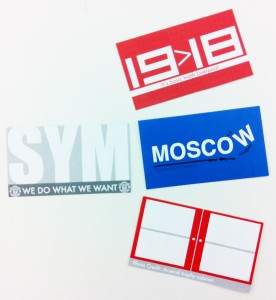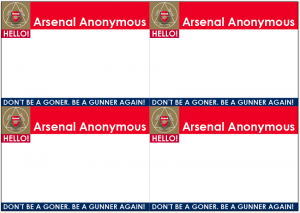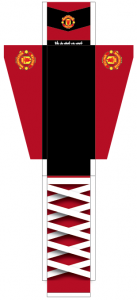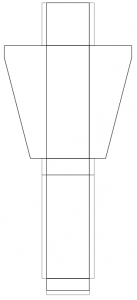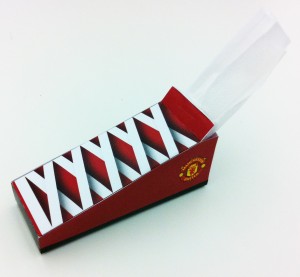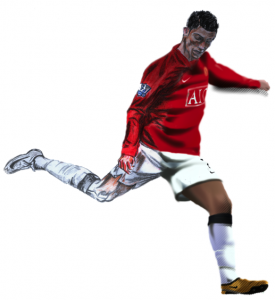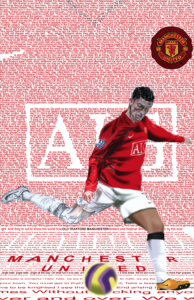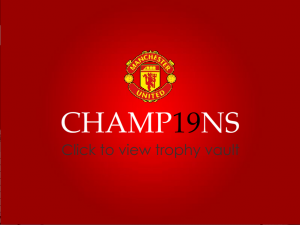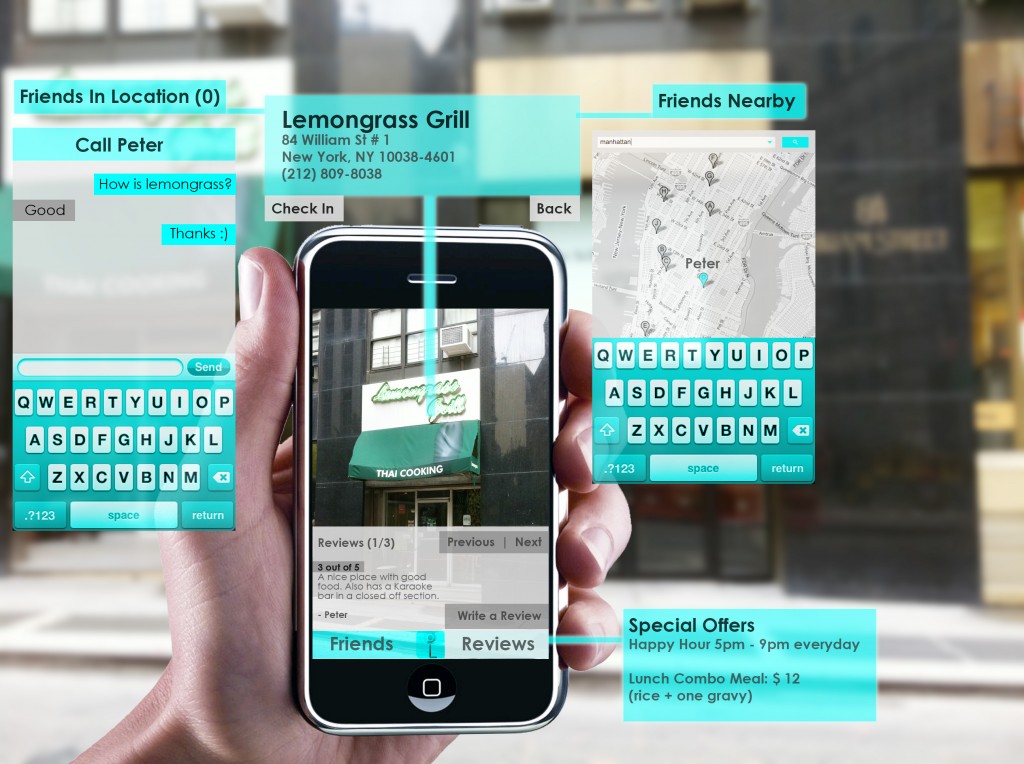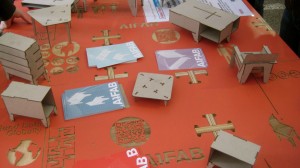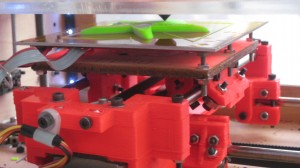“Mashups: The new breed of Web app, An introduction to mashups”
Duane Merrill
Before reading the article, I didn’t really have an idea of what a mashup was. Words such as API and API enabling REST, SOAP, etc. were not familiar terms. As I continued reading the article, the idea of open APIs and different types of mashups started to become interesting. I realized that I have already been introduced to mashups by being working with open APIs while drawing in CAD software. Wikipedia defines mashup as “a web page or application that uses and combines data, presentation or functionality from two or more sources to create new services.” I regard mashups as a tool for combining and portraying rather complex data into a comparatively simple interface that is much more understandable to ordinary users. Furthermore, in the case of web 2.0, because almost everybody can retrieve information through mashups, these people can also contribute to the development of open source information. Mashups include Web 2.0 and social software that not only connect people to the computer screen, but also from people to people, computer screen, TV sets, cell-phones, microwaves, etc. – basically everything around you. Consumer mashups such as mapping mashups, video and photo mashups, and search and shopping mashups create a base for limitless exploration. As an example, people can use open API and link together words with pictures that have been tagged. They can drag every available picture online that has the tag of “2011” and can create a timeline or can create a map of where and when people actually took the photo. Basically, when one takes a photo, that picture can be represented by what time the picture was taken, who the picture was taken by, who is actually in the picture, the occasion of the picture, what camera was used to take the picture, etc. Later, all these information can be used to either reorganize pictures or to map these pictures into totally different topics. I believe mashups are a great way to make use of or increase the usability of all the massively stored information on the web that can’t be simply accessed by everyday users.
“Calm Technologies 2.0: Visualizing Social Data as an Experience in Physical Space”
Michael Hohl
As I was reading this article, I was first interested by the idea of making calm technologies – communication designs that gave sensual experiences to users without much disruption. The WebPresence was a very good example of interfaces that are not only aesthetically attractive, but conceptually appealing as well. It reminded me of when friends would throw small stones towards your window in order to grab your attention. But does WebPresence actually solve a problem? Can it actually be called a practical design? Because humans are already fully occupied by all the information provided to us through the mobile phone, the internet, and SNS such as twitter and facebook, should there be more products and services that alert humans of information? I like how the article touched upon how art challenges assumptions. “How would these disruptions affect our ability to concentrate and focus on tasks such as writing and reading that require longer periods of uninterrupted immersion?” In my case of twitter, facebook, and foursquare, I turn off all the pushing and alerting alarms so that I don’t have the urge to check on my twitter, facebook, and foursquare whenever it blinks or sends me an update. I am already using too much technology. There are times when I want to free myself from technology but pushing alerts and alarms prevent me from doing so. I still do believe that communication designers should work to improve calm technology as it will have limitless potential for communication design aside from alerting and pushing functions. I believe it necessary for designers to sometimes think in a bottom-up development as although some people may consider these designs to be currently useless, such research and developments can create a firm foundation for future design.
“A Manifesto for Networked Objects: Why Things Matter”
Julian Bleeker
When reading the section of this article related to networked video, I could not help but think about Big Brother of “1984” where every action taken by every person would be watched by telescreens and would be recorded as data. But as I started to read more about the author’s take on the role of future blogjects, it really made sense to me and it did not seem like “1984” at all. Yes we have up-to-date technology where cars can record everywhere you went and how much fuel must be pushed in order to gain the optimum driving experience. Yes we have internet based products that calculates so much information at such a short time. But are all these calculations and information necessary for the development of technology or development of the world? With the incorporation of Web 2.0, blogjects now have the opportunity to provide information that can actually raise political, environmental, etc. issues that can be debated on by people. The pigeon example in this article is an example where a blogject can raise questions and start debates regarding pollution of a certain area. It not only collects information regarding pollution, but it also raises an issue that people must take into concern. I totally agree in that mashups and blogjects “need to mean more than the sum of its parts.” Creating useless sensor-based objects that only have functions of collecting meaningless data is no longer needed. “Blogject is to make, disseminate and enhance meaning, to draw attention and to be assertive.” We now have so much technology and information available to us that we need to consider how such technology and information will be used wisely for the future.
“Grey Album Producer Danger Mouse Explains How He Did It”
Corey Moss
Here, a mashup is understood much more as “a new song that is mixed from the vocal and instrumental tracks from two different source songs. (usually belonging to different genres)” Jay-Z and the Beatles song genres are different indeed. It can be seen that Jay-Z’s a cappella version of The Black Album acts as an open API if this was a Web 2.0 mashup. People can work with the a cappella tracks and coat it to an entirely different song. But in the process of recreating two different music into one, the most challenging aspect would be to create the music so that it doesn’t sound like one music was “just laid on top” of another. Similar to web mashups, people would not find it so intriguing if two different types of information were just combined with no concept whatsoever. Although some people may find mashing up music to be an easy task, there are so many things to consider such as “the strike of a drum or cymbal” and “changed up tones and pitches.” A deconstruction of something and integrating the parts to another is a difficult task but only though this process is mashup created. Burton says that creating this grey album was not as easy as people say but rather it was a difficult form of deconstruction.
I went to youtube (http://www.youtube.com/watch?v=obksjtagvLY)
and listened to Danger Mouse’s version of Dirt off your Shoulder. I found it interesting because it sounded like a Beatle’s version of hip hop.

